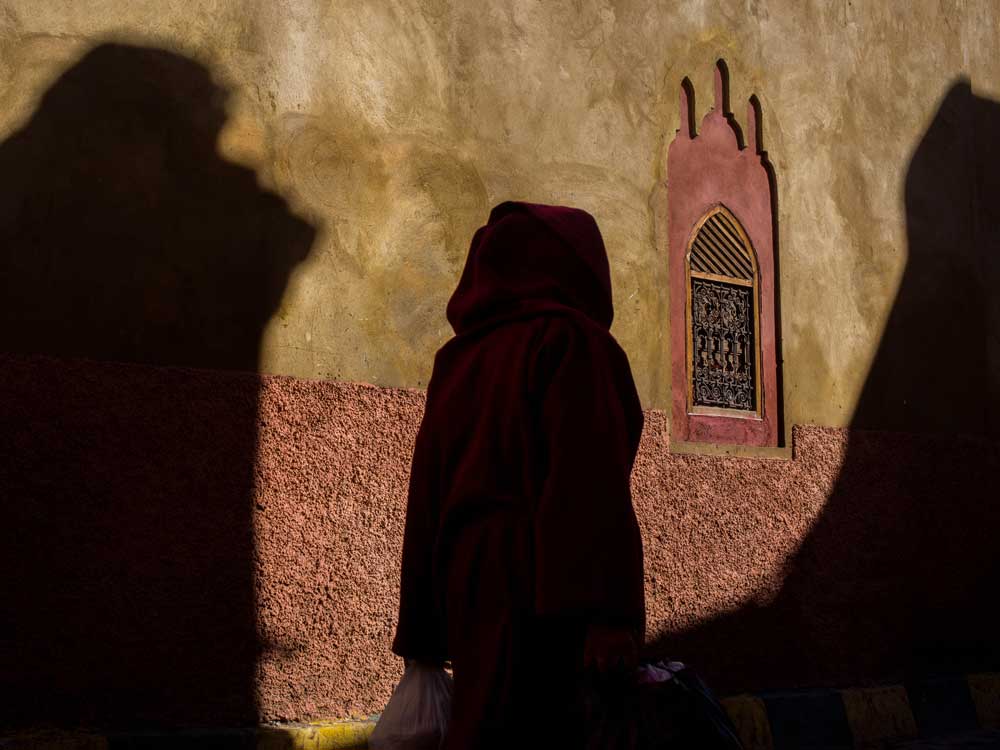Task 40 – Use the darkness
Task 40
Use of the darkness

Problem
Not accepting hardships
The biggest problem we have is that we think we shouldn’t have them. My experience is that problems are necessary for growing and to become better at handling resistance. The pati- ents that have the worst health are those that can’t accept, and try to avoid, problems. For- tunately I encountered my biggest problem early on. I was bullyied through much of grade school. This presented me a big challenge that I managed to deal with and grow from. I relied on Nietzsche’s words stating that that which doesn’t kill you makes you stronger and repeated them to myself when I felt like I was at a breaking point. I have never carried a grudge against these guys. In retrospect, I can thank them for the strength I have in my life now.
Difficulties gave me what the stoics call an inner citadel – a fortress so strong that people can try to besiege it but they will never be able to capture it. I knew that since I had dealt with this, people could throw anything at me. They could just try! I had hit the bottom and it became a solid foundation for me to build upon.
I would never take away the experience of being bullyied. It gave me my basic power of resistance. Later, a number of setbacks, betrayals and difficulties proved to have valuable lessons in them. Looking back now, the hardest and saddest moments are the ones I would not want to have been without. Now, I simply welcome difficulties. I seek them out actively in order to learn. I always try to do what is difficult, such as writing a book like this.
Working as a photography instructor involves solving photographic problems. I have to equip a photographer with mental and practical tools so that their pictures are better and they can tolerate the discomfort they face. I stress that the obstacles that they meet are not in the way – they are the way itself. Dealing with obstacles makes us stronger, more flexible and smarter. Those who give up in front of an obstacle, or a closed door, struggle a lot more that those who strive to push through an obstacle.
The most important understanding that you can possess after working through all of the tasks in The Camera Cure® is the value of appreciating difficulties. The Camera Cure® is a series of obstacles to overcome. Taking a good picture offers the opportunities that dea- ling with a difficulty does but on a smaller scale. Therefore, the way you work through the tasks is useful for being able to overcome other difficulties in life.
Do you know someone who avoids difficulties? Someone who seeks them out? What effect has this upon their personality, and life? Do you value difficulties?
On a scale of 1 to 6, how relevant was this issue for you?:
Solution
Use the dark shadows
Fortunately I knew nothing about sailing before we bought Kairos and eventually set out to sail around the world. I would have never believed it could be so expensive and difficult to equip, maintain and repair a sailboat. The rumors that a long sailing trip involved repairing a boat in exotic places proved to be true. I thought that the reward for the effort was to lie under palm trees, but I was completely wrong. The problems came one after the other. Handling constantly new problems before the previous one was resolved demanded a cer- tain restructuring process in my head. Eventually, I realized that the struggle was the actual reward. Through coping with all of the difficulties that naturally arose along the way, I became like a land crab forced to become seaworthy. Drifting carelessness was immediately punished at sea. I become good at learning and mastering new skills, and I had to practice most of the techniques that I can now present in The Camera Cure®. All of the frustration with the diffi- culties that arose turned into gratitude.
In task six we practiced looking for what was positive. But just as important as this is to accept, and take advantage of, what is negative. In days gone by, when we photographers worked with film rolls, using the film negatives to develop the positive paper print was a daily process. We also have to develop the positive from the negative also in everyday.
Using shadows as an effect in a composition is among the most effective tools we have as photographers. This is quite difficult for beginners since our eye has filtered out shadows (after all, being aware of them is not essential for survival or well-being). The camera however sees everything including the shadows. The shadows can therefore ruin a photo if you are not aware of them. But if you override a blind zone in the brain and actively utilize shadows in a composition, you have an ace up your sleeve.
PHOTO ASSIGNMENT:
Look for shadows.
Make the shadows the main subject in the picture.
How useful was this task for you on a scale of 1 to 6?:
BOOK SUGGESTION:
The Upside of Your Dark Side by Todd Kashdan
❞ The shadows are as important as the light.
Charlotte Brontë
❞ Setbacks forces or lures us into thinking differently. A setback
Erling Kagge
with subsequent changes can be what is needed for living a rich life.
❞ A whole-hearted life demands that you embrace rather than run away from difficulties.
Friedrich Nietzsche
[note_editor]

